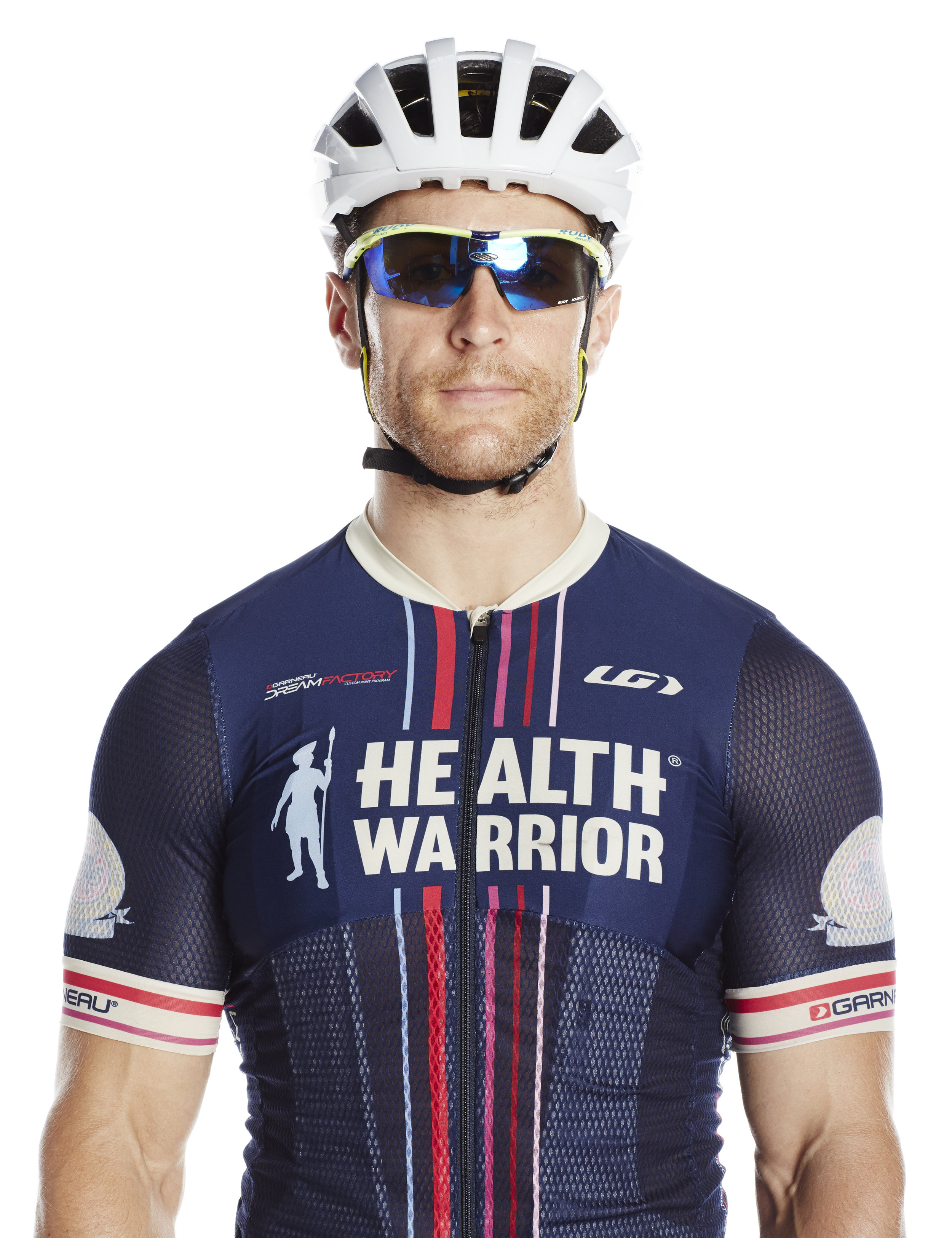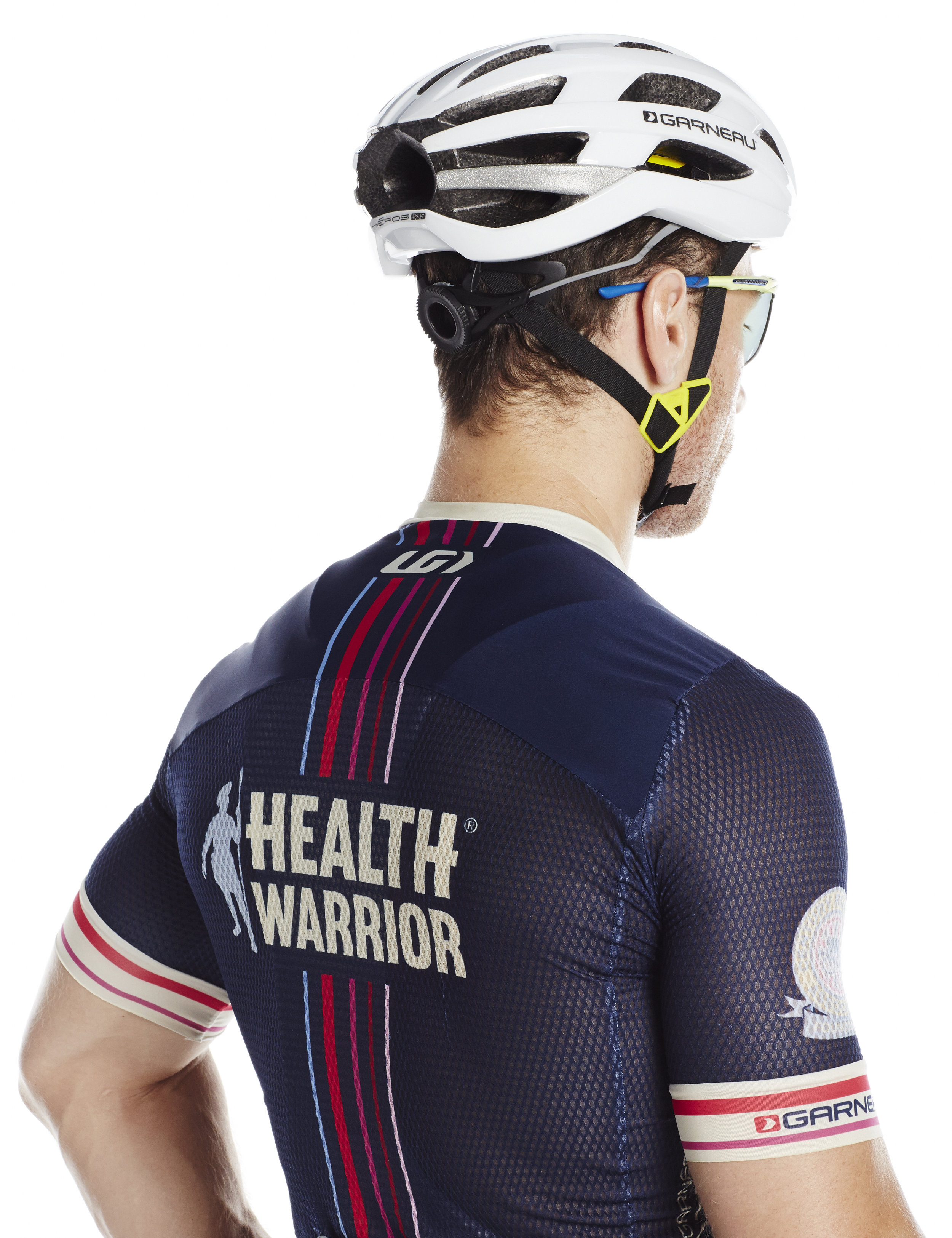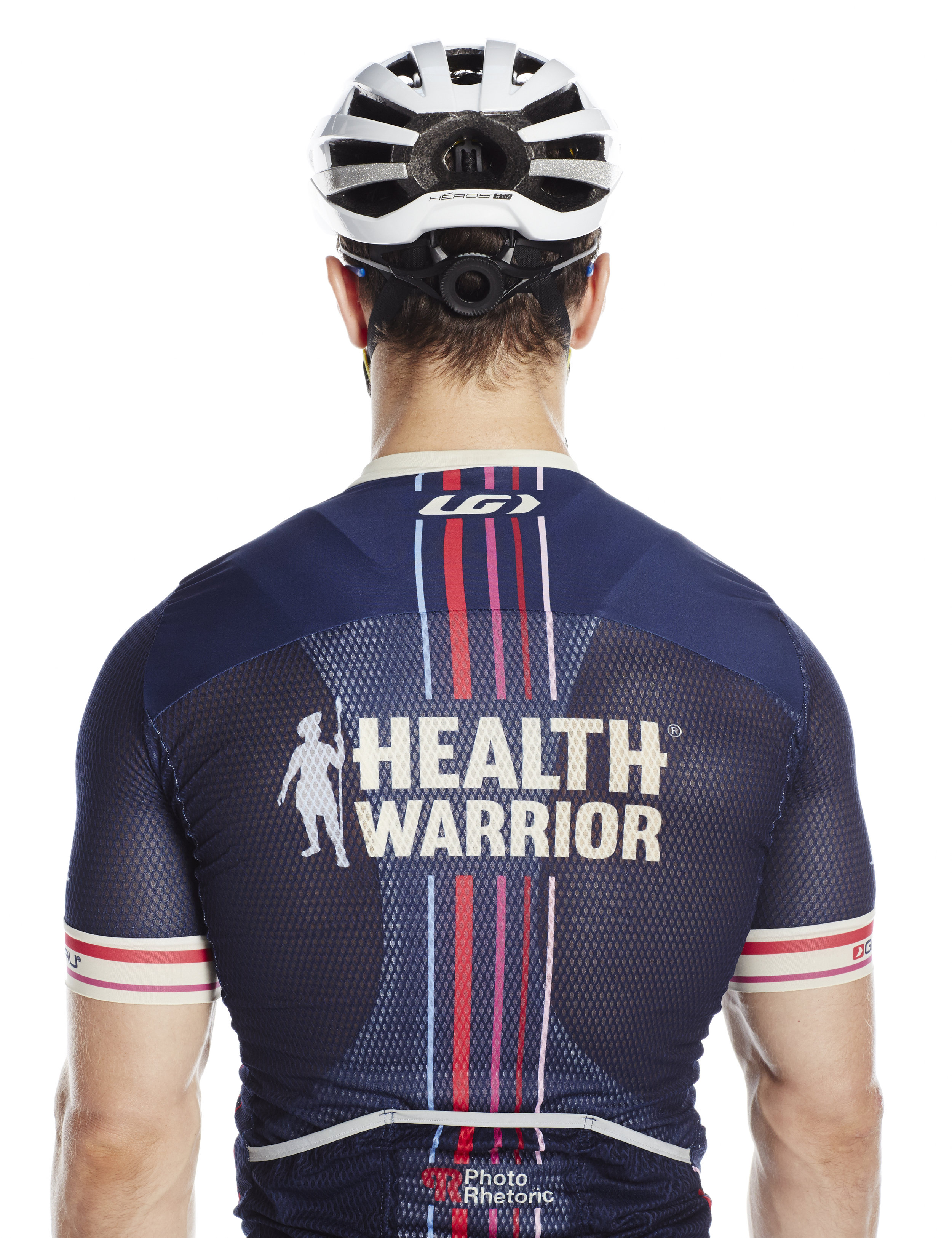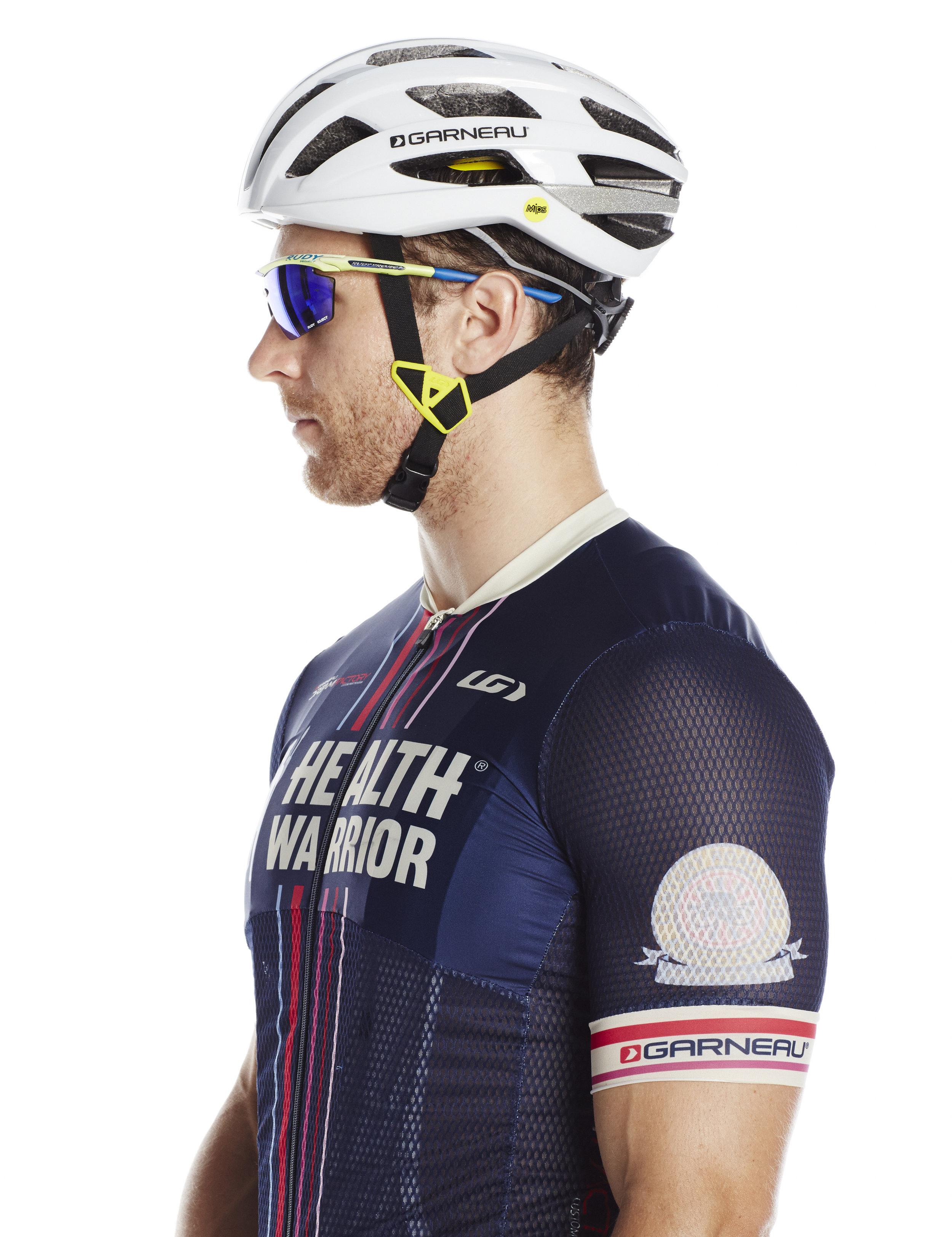Garneau Héros Helmet Review
As part of our long partnership with Garneau the team has had the opportunity to test out an array of Garneau helmets from the original Diamond to the current team favorite Course helmet. More recently Garneau introduced their latest helmet, this time featuring MIPS technology: the Garneau Héros. After several months racing with the Garneau Héros, training on all manner of terrain including singletrack and commuting throughout the concrete jungle of New York City, we compiled our thoughts into a comprehensive review of Garneau's Héros.
Introducing the Garneau Héros MIPS RTR Helmet
Protecting what’s between your ears is important, to say the least. You’ll never find us on the anti-helmet bandwagon, and quite frankly we’re not persuaded by the, “But, nobody wears them in Amsterdam!” argument. It’s not a question of if, but rather which one, to wear. For the past several years, Team Health Warrior has trained and raced Garneau’s Course Helmet, to our great delight. But, Garneau’s release of a new MIPS-equipped helmet - the Héros MIPS RTR Helmet - piqued our curiosity. We picked one up and put it through its paces to share our impressions in this review.
Prioritizing safety with the Garneau Héros MIPS feature
Multi-directional Impact Protection System, or MIPS, was literally the brainchild (pun intended) of Swedish neurosurgeon Hans Von Holst, who began evaluating the general construction of helmets back in 1995. Following several years of study in collaboration with Peter Halladin of the Royal Institute of Technology in Sweden, the two determined that the then-prevailing helmet technology provided inadequate protection against brain trauma, and developed a technology to provide a significantly more effective protection against head trauma. After evaluating the brain’s anatomy, its physiology, and spending years testing various prototypes, Von Holst and Halldin created what is now recognized as MIPS, a technology that mimics the brain’s own protective structure.
The ultimate aim of the MIPS system is to reduce rotational forces on the brain caused by angled impacts to the head. In a helmet with MIPS brain protection system, the shell and the liner are separated by a low friction layer. When a helmet with MIPS technology is subjected to an angled impact, the low friction layer allows the helmet to slide relative to the head, reduce the amount of energy delivered at impact, which is believed to be a prime factor in traumatic brain injury.
In addition to its use of the latest MIPS technology, key portions of the Héros Helmet along the bottom half of the outer shell are painted in reflective ink. This increases the helmet’s safety factor by enhancing a rider’s visibility in low light and even dark conditions.
Garneau Héros Fit
No matter how well a bike helmet protects, it’s not something that’s going to be worn if it’s uncomfortable or difficult to adjust. For this reason, we paid close attention to fit adjustment, ventilation and weight.
Rachet System This year Garneau has pulled out all of the stops on the rachet system by engineering a completely new setup called the Spiderlock® 4D. This new system allows the helmet to be adjusted vertically and laterally. What this means is the cage that grips your head has a greater level of adjustment, meaning the pressure points are reduced while still remaining snug. What’s also nice is the large size dial that’s rotated to put tension in the cage. Given its size, it’s easy to grab, even with (winter) gloves on, or sweaty hands.
Straps Forever evolving, Garneau has created new straps for this helmet also - the Tri-Glide PRO adjustment. The thin but strong fabric is gentle to feel on the skin and not abrasive. The plastic connection point below the ear is well thought out; it joins the two pieces of fabric that pass the ear far enough apart that the fabric passes either side of the ear and not over the top. Depending on how picky you are on the fit of your straps, the initial setup can take some time, but we absolutely love this new system from Garneau.
Padding While not as eye-catching as the new strap system, the padding inside the helmet is comfortable and not so bulky so as to feel overwrought. We’ve tested this helmet in the height of this year’s New York summer, with temperatures consistently in the low 90s and lots of perspiration. We noted the padding tended to dry out quickly and, so far at least, has not developed any sort of unpleasant, odoriferous emanation. A nice feature of the padding is that it can be removed, washed and replaced without any impact to its durability. It holds up quite nicely, we’ve found.
Weight The Héros MIPS RTR Helmet weighs in at 9.5oz., or 270g. By any standard, that makes this a light, race-worthy helmet. You can get down to something on the order of 7.9oz with the Giro Aeon, or 8.5oz with the POC Octal, or Garneau's existing Course Cycling helmet but 1.0-1.5oz is essentially physically indistinguishable.
Sunglasses Test While it varies depending on helmet size, we did find the Héros was not as sunglasses friendly as the Course Cycling helmet. It definitely works, but when it comes to the ease of tucking your sunnies into your helmet, the Course has a slight leg up on the Héros.
Garneau Héros Price
Any review of the the latest, credible consumer reports literature will confirm that when it comes to protection and comfort, you don’t need to spend a lot of money. There are many helmets on the market that will provide adequate protection for a fraction of the cost of the Héros MIPS RTR. However, the more expensive models may be more comfortable, stylish, lighter, and provide better ventilation.
The Héros MIPS RTR helmet retails on Garneau’s website for $229.99. This price point reflects a relatively strong value vis-a-vis viable alternatives currently on the market. Helmet’s in the Héros MIPS RTR peer group, in our opinion, include the POC Octal AVIP MIPS ($319.95), Lazer Z1 MIPS ($310.00) and the Bontrager Ballista MIPS ($199.99). These are all race-worthy lids that factor in the latest considerations in terms of aero properties, weight, comfort, and ventilation, and the Héros MIPS RTR prices at nearly the most competitive end of the range.
Garneau Héros Color Options
For the moment, the Héros MIPS RTR Helmet comes in two colors. Fortunately, those colors happen to be white and black. We’re not the fashion policy, but we know enough to recognize that both are complimentary colors. Basically, all colors go with them. This means that it’ll combine well with whatever the color combination of your kit happens to be. If you’re sporting darker colors, the look will be bolder. Lighter colors will create a softer look. The bottom line is you literally cannot go wrong. (Note: Garneau does offer other MIPS RTR model helmets, including the female specific Shine helmet in a broader set of colorways. Take a look at the other versions of this helmet over on www.garneau.com.).
It’s worthwhile noting that this particular helmet comes with a modest amount of silver, reflective detailing along the bottom half of the helmet to increase visibility to other road users. This is small, but important safety feature. After all, every bit of visibility helps when out on the road.
Conclusion
When it comes down to it, we struggle to pick a favorite between the Garneau Course and the Héros. The Course features top notch ventilation in a super lightweight package while the Héros takes the crown on fit and safety. In the end you can't go wrong either way.
Photos: John Buenaventura @rich_mutt Parts Mode: Corey Morenz @captaincoreys





